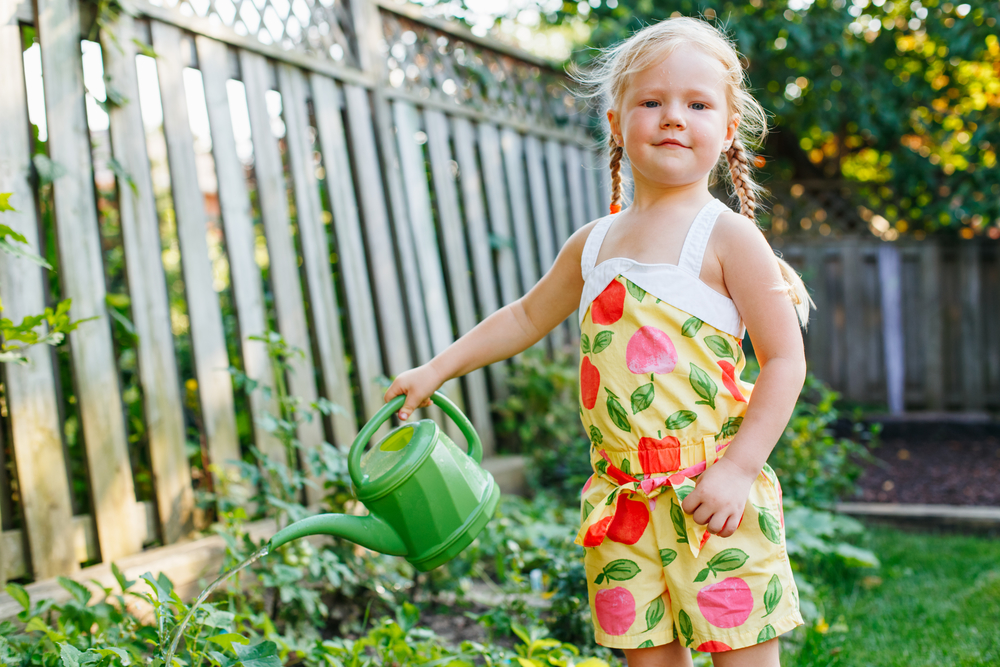By Becky Searles, founder of Family Garden Life. A garden lover who adores helping parents connect with their families in nature.
https://m.facebook.com/familygardenlife
I mean how hard can it be right? Don’t you just put a seedling in the ground, water it, and it grows? Umm well, you definitely can do that, yes, but you might run into a few problems along the way. It’s not quite that simple to find success and this is why so many families give up or fail. We don’t want that to happen to you, so let’s avoid the following.
#1 Food garden basics haven’t been met
Sounds simple enough, but if you don’t get these right, it ain’t going to happen. Position, sun, water and mulch. You need to position your food garden away from any large trees or hedges because they will deplete your soil of nutrients. Your food garden also requires 6-8 hours of sun a day for your plants to thrive, flower and produce fruit. And without a steady water supply, your plants are not going to flourish. Most vegetable plants have shallow roots and need constant water. One way to help combat water is to mulch. Mulch helps retain moisture in the soil and regulate the soil temperature, providing a better environment for your crops. Depending on what you choose, mulch can also add nutrients back into the soil.
#2 Soil hasn’t been given enough thought
Not considering soil is the biggest mistake to make in your food garden. Soil is everything. It feeds your plants and helps them stay strong and less prone to disease. Soil structure and organic matter is vitally important for plant health. Before you plant anything, get your soil right!
#3 Pests launch an attack and you’re unprepared
If your food garden looks lush and fruitful and you’re thinking it’s all easy peasy, chances are the pests are on their way or have already arrived. It’s a matter of staying ahead of them, understanding who they are and what they can do and taking measures to minimise their attack. After all, your hard-earned fresh produce needs to make it to your kitchen.
#4 Growing without knowing a plants output
Like when you plant 12 cauliflowers and they are already at once, or maybe you planted 12 cucumbers and now they have taken over your garden with your last count being 98. Knowing your plants, what they produce and how they are harvested will help you efficiently plan your output, meals, preserving and more. Otherwise, you are just flying blind.
#5 Planting outside of the season
Just because outlets are selling it, doesn’t mean it’s the right time of year to grow it. I often see food plants for sale and I know it’s the wrong time, but not everyone does. Climates and seasons vary around Australia. You really need to know what your climate is and plan your crops for each season but also know when your weather has really changed. Don’t just assume that your climate will change when it’s meant to. It might be a month later.
Avoiding these common mistakes will make a huge difference to your families success rate and we don’t want you to fail. Growing food at home is so rewarding and really does teach our kids the difference between processed and real food.
You may also like to read:
What to plant in the Easter break with kids
Planting A Seed of Health in your Child









